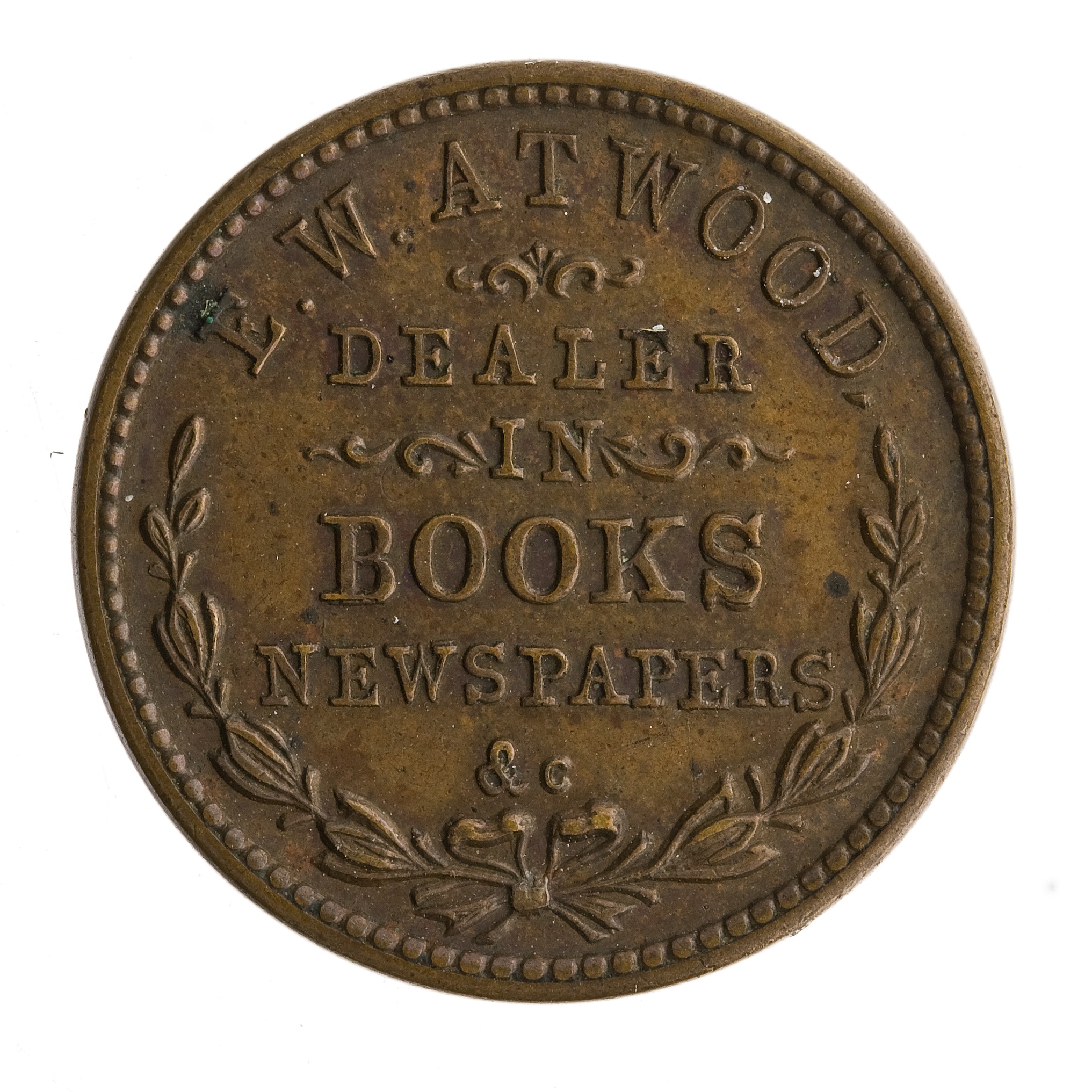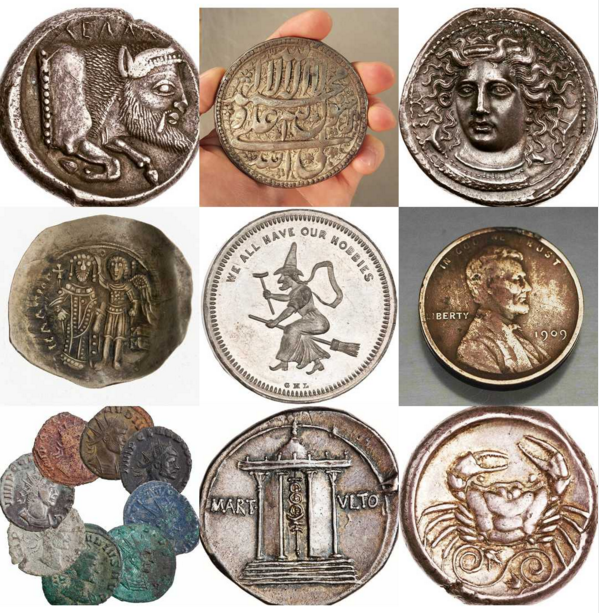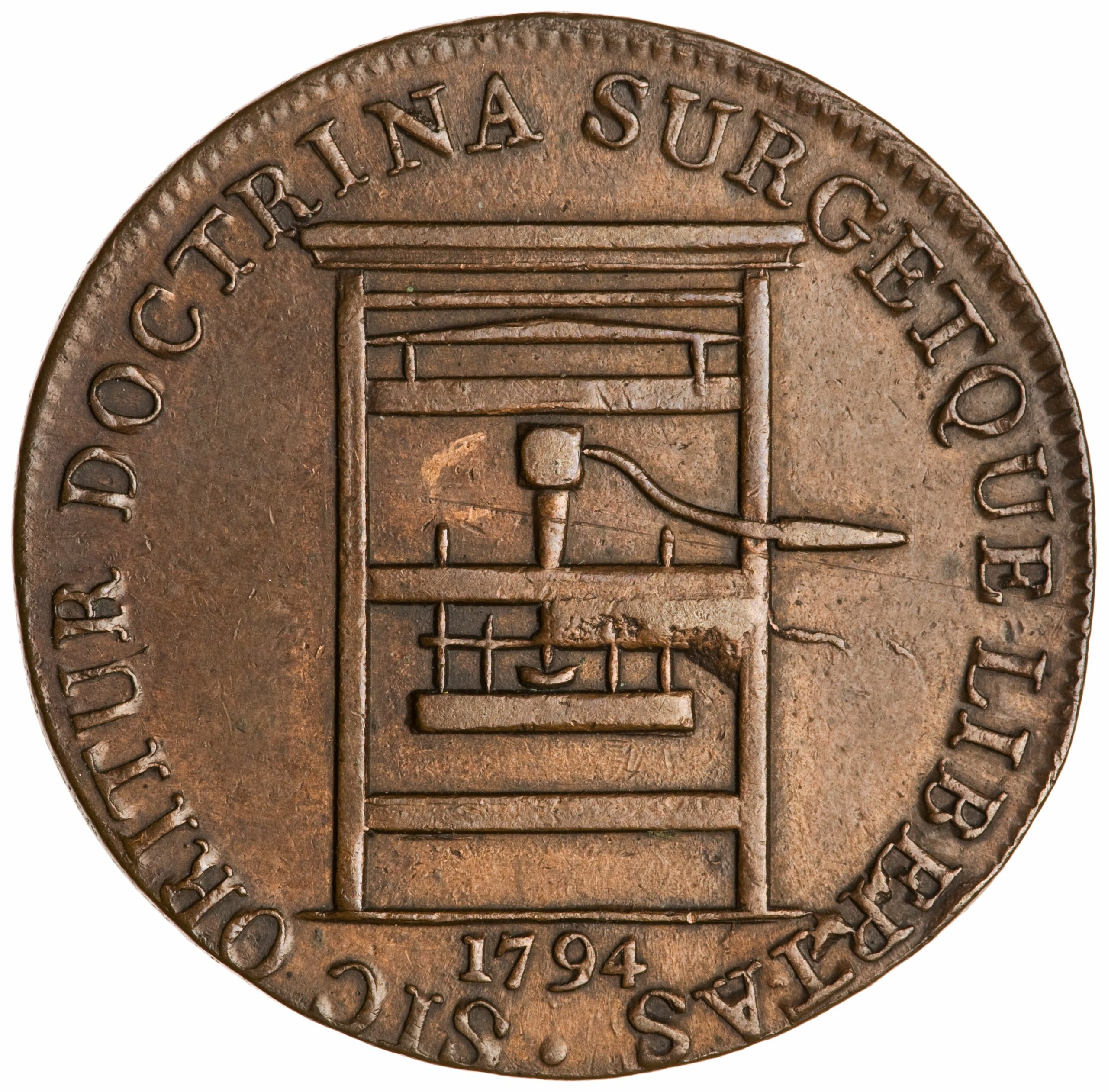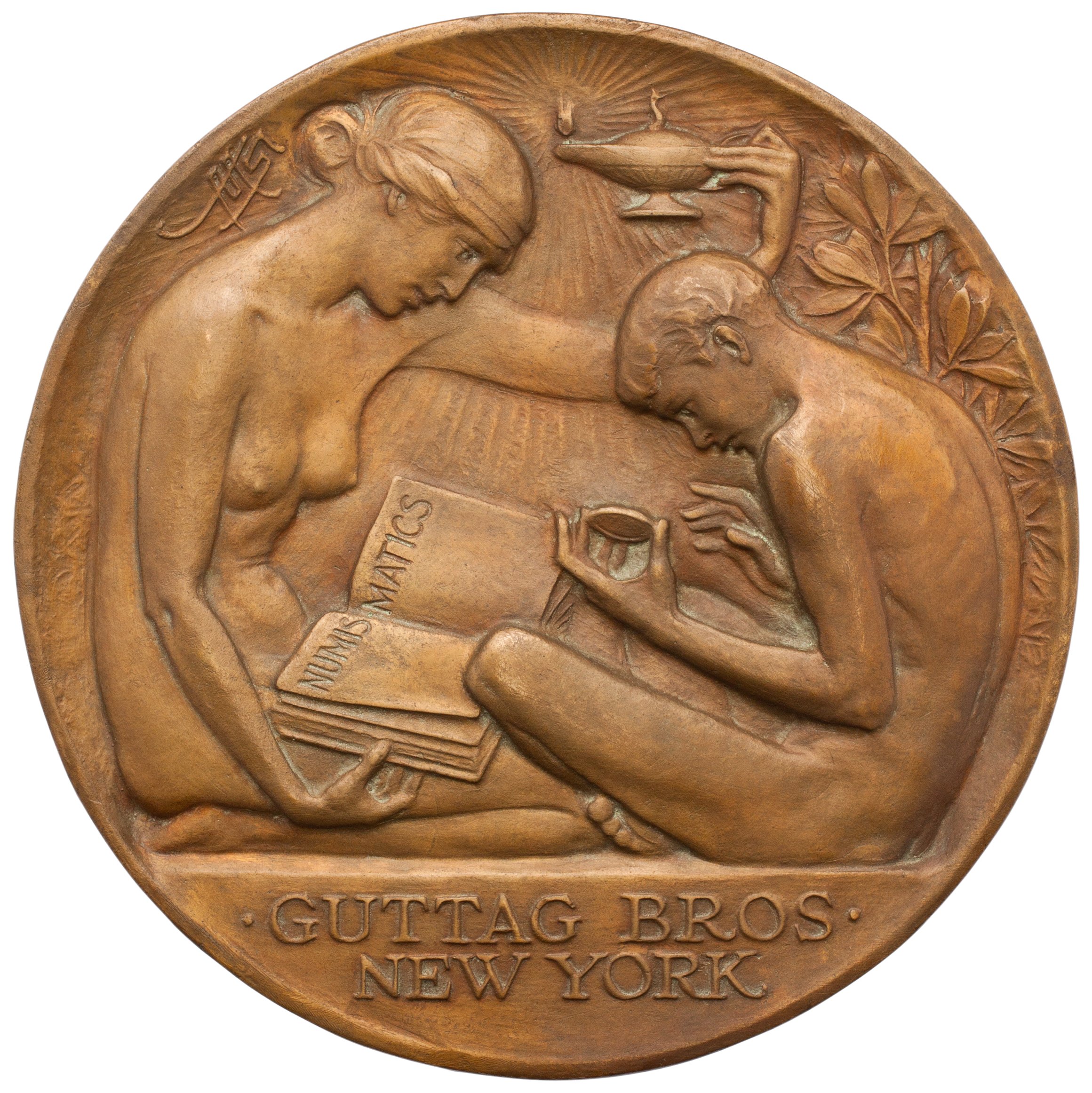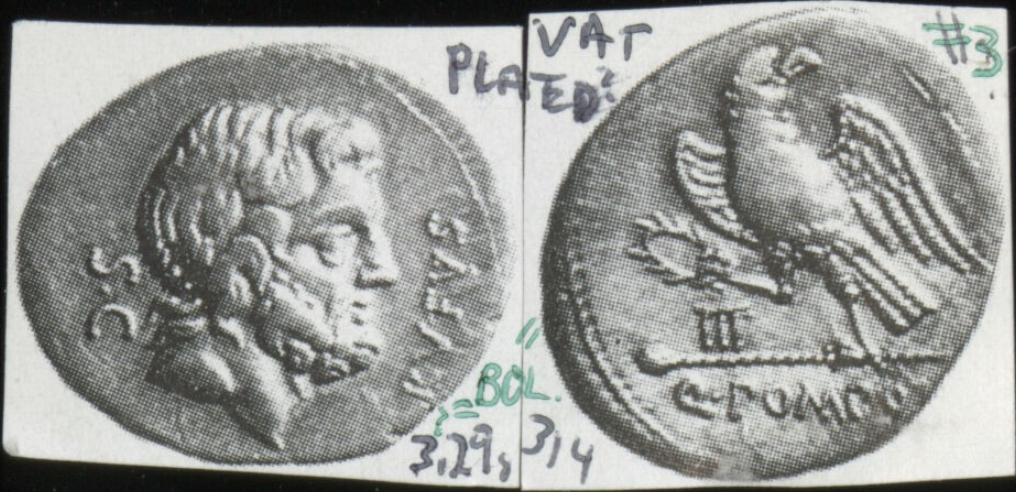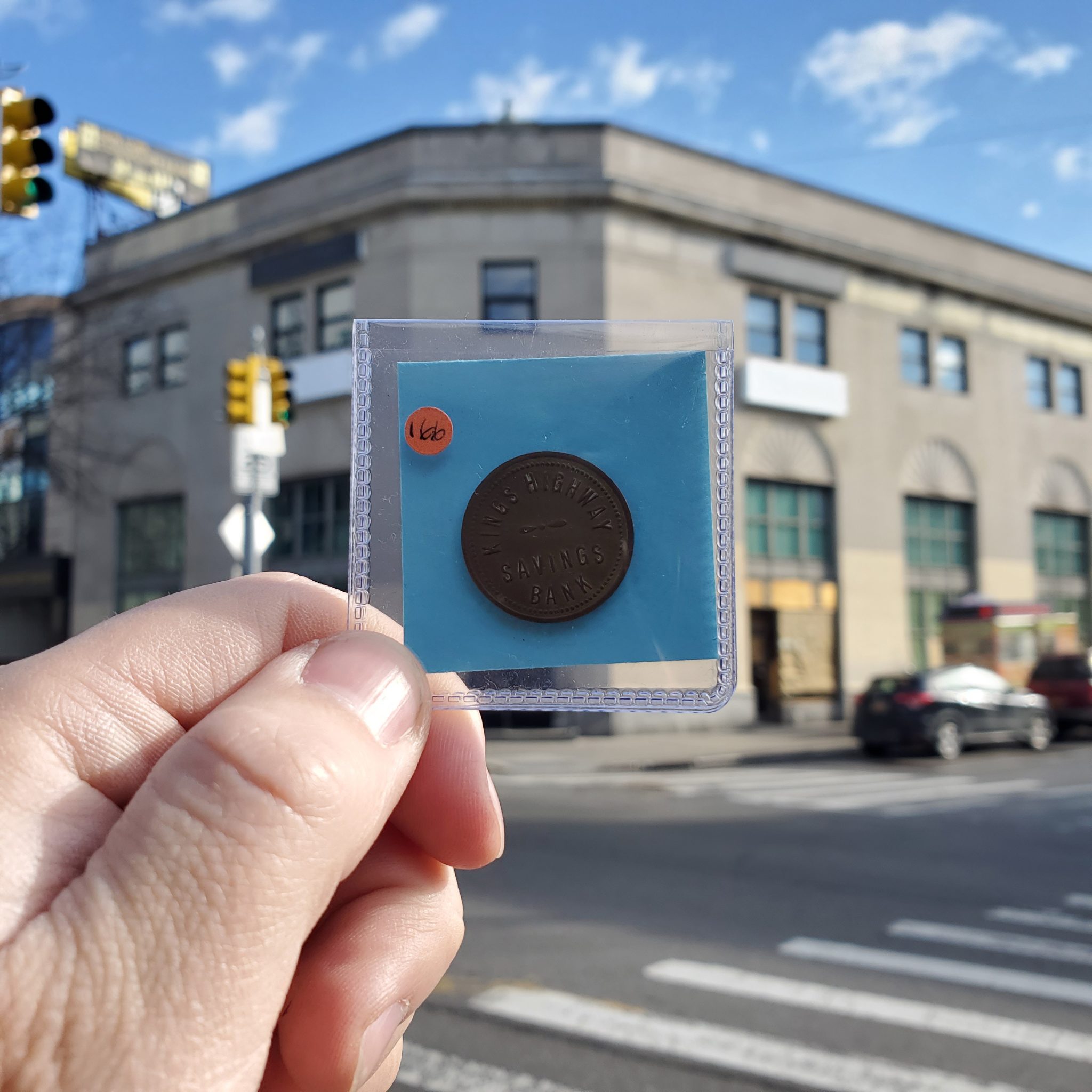On Open Access
Why the American Numismatic Society is Open Access . . . and why your institution, learned society, publisher, etc., should be, too
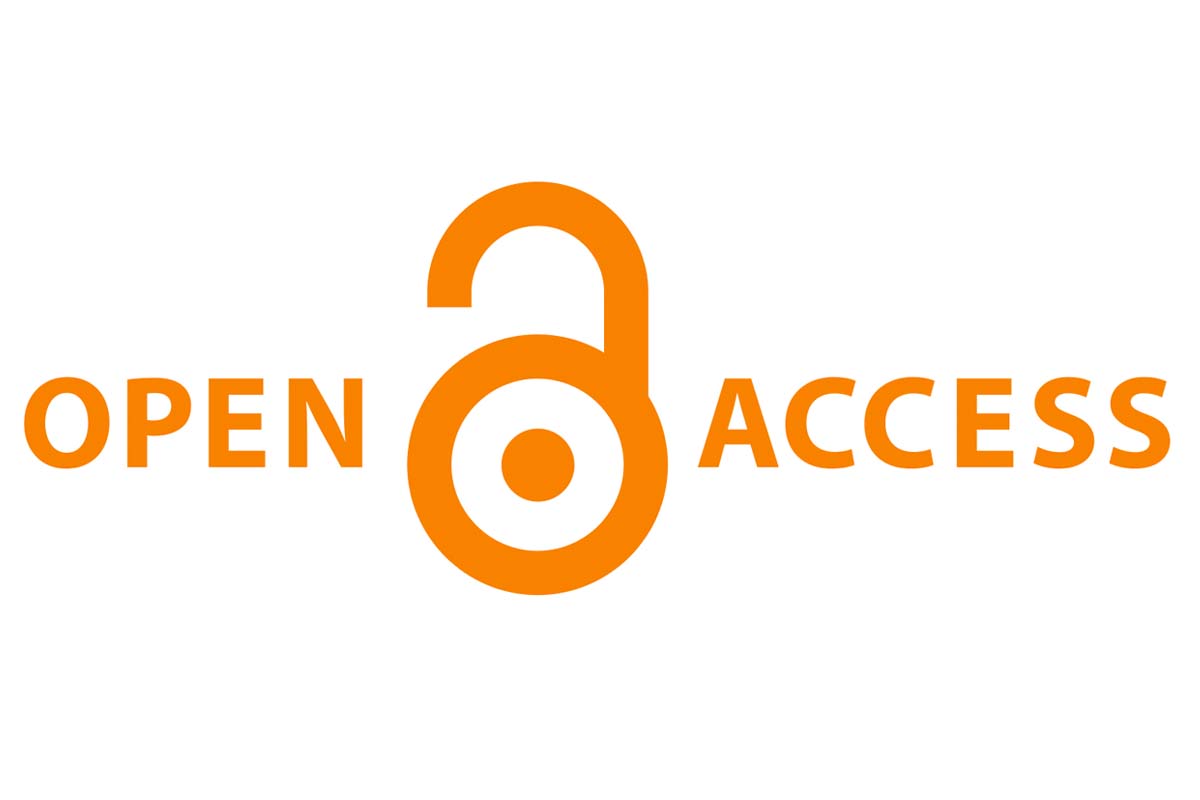
Academic and scholarly publication is at a crossroads as publishers, authors, and institutions of research and higher learning consider both the financial and ‘moral’ implications of publishing new scholarship as Open Access. The American Numismatic Society (ANS) has adopted what some would consider a progressive approach, while others would find these points to simply be common sense and good manners. As you read the points below, I challenge you to formulate arguments against each one that does not include money. Profit and loss in academic publishing is a very real concern, but it can be demonstrated (and has been in my nine years of experience as an academic publisher) that publishing niche scholarship is (and likely always will be) a money-losing venture. Publication is often built into the mission statements of learned societies, and funding needs to be sought from sources beyond book sales and journal subscriptions to keep the publishing enterprise sustainable.
The ANS has addressed each of the following problems in its efforts to make published research open without taking a hit financially.
Problem: Gold Open Access
One method some publishers use to offset production costs is to charge those authors (or their institutions) who wish to make their research freely available online immediately upon publication instead of waiting some contractually agreed amount of time before being given permission to post the work the web or via a university repository. These costs often range from the hundreds into the low thousands of dollars (e.g., Maney Publishing’s “Article Publishing Charge” (APC) for immediate Open Access publication). Charging authors for Open Access creates an economic barrier to scholars, some of whom cannot afford the fee, and whose institutions may not have budgeted for such costs. Unaffiliated and independent scholars are especially affected by these fees, which they have to pay out-of-pocket and may even require securing a loan.
What the ANS is Doing About It: It is our opinion that authors (and their institutions) should never be charged to make their own research available to the world immediately upon publication.
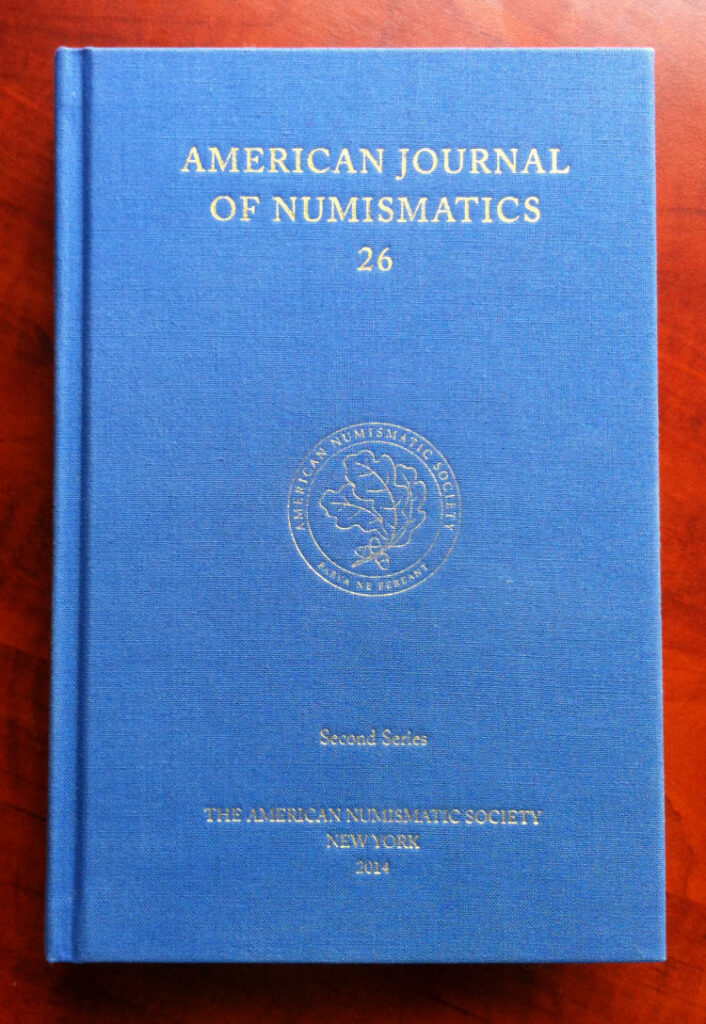
Problem: Embargo Periods
Going hand-in-glove with “gold” Open Access is the common practice of an embargo period, which is the time (anywhere from one to five years in most cases) between when research is published and when an author can make that work freely available. The point of the embargo period is to allow the publisher to recover the production costs of that publication prior to making it available as Open Access. Authors are forbidden to post more than a citation or abstract, and their work is often locked behind a paywall until the embargo expires. Timely research becomes less so as long as the embargo period lasts, except to those readers who opt for early access. Scholars who wish to access that author’s work must either pay to access the publication, wait until the embargo ends, ask the author for a PDF offprint (which is normally forbidden) or their login credentials to a paywalled platform (even more forbidden). As with file-sharing of other media, many people tend to look for the free version of something they would otherwise have to pay for, thereby short-circuiting the embargo period and the paywall, which nets both the publisher and paywall provider nothing, i.e., the same amount they would make by giving away the published work.
What the ANS is Doing About It: Authors of ANS publications may place their published work wherever they like upon publication, and may assign to it whichever Creative Commons license that they are the most comfortable using. A brief word on the types of Creative Commons licenses follows below.
Problem: Paywalls
As stated above regarding embargos on published research, paywalls do little to discourage the exchange of files between colleagues, and also place a barrier in the way of scientific progress. Platforms such as JSTOR can strike a happy medium in curating content into packages to which institutional libraries may subscribe, thereby providing a revenue stream for publishers. That same content can be shared with individuals on a non-commercial basis provided the publisher has successfully negotiated a content-sharing agreement.
What the ANS is Doing About It: The ANS has such an agreement with JSTOR, and is making some of its publications available on that platform for library subscribers, while also making those same publications available for free to individuals via the Hathi Trust Digital Library and with our own Digital Library.
Problem: “Predatory” Publishers
Following the paywall model is the usury of so-called “predatory” publishers that charge libraries and individuals hundreds and even thousands of dollars to access newly published research. Authors should be wary of publishing in journals owned by these companies as their work will reach a limited set of eyes. If most authors found other journals in which to publish, the dearth of content would force predatory publishers to either change their business model or to close entirely. Libraries can also choose not to subscribe to those journals, favoring instead those with a more reasonable Open Access policy.
What the ANS is Doing About It: The ANS has no intention of partnering with any of the large publishing companies that choose to lock current research behind paywalls with formidable access costs.
Problem: Geography-Based Access
Some Open Access content is not globally available. Sometimes this is a technical issue, and, for some publishers, this is a conscious decision based on their understanding and implementation of copyright. Actively choosing to limit access to content that is otherwise open deprives international scholars of their ability to read that work freely, at which point they must resort to paying for access, or to bending the rules and asking colleagues for a free copy or access to something.
What the ANS is Doing About It: The ANS makes every effort to ensure that its Open Access content is available worldwide. Much of it is hosted via numismatics.org and various subdomains. Agreements signed with partners such as HathiTrust make sure that the content is available globally without restriction.
Problem: Profit-Based Publishing
One of the greatest mistakes a learned society or institution can make is to become focused on making its publications turn a profit. Scholarly publications typically cater to a niche market and sell dozens or occasionally hundreds of copies over a period of three years. Sales beyond three years of the original publication date are rare. If an organization recognizes the fact that it will realize little (or no) profit from the sale of what it publishes, it can strategize how to pay the not inconsiderable production costs. These costs can be built into annual budgets, can be inserted into grant applications for projects, and can be sought in the form of subventions. Basing choices of what to publish by what the publisher (or Board) thinks will sell can be a mistake, especially when what is to be published fulfills the mission of the parent institution.
What the ANS is Doing About It: The ANS favors a mission-based approach to publishing. It understands that some publications will never recover their production costs, but nevertheless that the content is exceedingly important in fulfilling the Society’s stated goals for research and dissemination of that research.
Problem: “Commercial” Publications
Non-profit, academic institutions historically have published scholarship as non-commercial ventures. As stated above, the publication of journals and monographs is hardly a money-making enterprise. Books and subscriptions are sold in order to recover some production costs. Recently one major international rights-holder updated its Terms of Service regarding the reproduction of its images in scholarly publications, classing journals and scholarly monographs as “commercial”, which then allows charging for image permissions. Typically a reciprocal relationship exists between institutions where no permissions fees are charged for non-commercial, scholarly, short-run publications. In switching the Terms of Service to “commercial”, the budget for publishing books or articles featuring images from one of these rights-holders expands by hundreds if not thousands of dollars. This charge represents another barrier to scholarship; publishers will simply go elsewhere for similar images. This also actually hurts the rights holder, in effect limiting wider access to its own holdings and hiding them behind a self-inflicted paywall.
What the ANS is Doing About It: The ANS will never class scholarly publications as “commercial,” and will not charge reproduction fees for the use of its images in scholarly publications.
Problem: Permissions Charges
Most academic publishers ask the authors to pay for their own image permissions. The publishers cannot themselves afford to pay the fees, so the charges get passed to the author. For many authors, however, many of their images can be used without any permissions fees because of the non-commercial nature of their work. Should an institution opt to charge an author for an image, it is possible that the author will opt to find a similar image elsewhere, or will choose not to use an image at all. Either way, the rights holder receives no revenue, and also loses whatever additional exposure it would have otherwise received via a credit line in the publication. Charging authors for image permissions further limits access to content that would otherwise be freely available.
What the ANS is Doing About It: The ANS will not charge authors for the use of its images in non-commercial publications.
Problem: Print-Only Publishing
Arguably the biggest roadblock to Open Access research is publishing solely in print. Publishing in print restricts access to the content locked on the pages and favors those readers with library access or the ability to purchase the publication. Print editions of scholarship, while useful to many, are themselves silos of information, unable to interact with anything other than the active reader. This is the opposite of Open Access. Making print editions available online as digital editions unlocks that content, making it searchable, and perhaps more importantly, gives the content the ability to link to any other data available openly online, as well as making itself available to be linked to from other online sources.
What the ANS is Doing About It: The ANS will continue to produce print editions of scholarship, but it will make digital editions of all of its publications past, present, and future available online as Open Access. Doing so allows the ANS to play well with others, to be a good academic citizen, and to contribute to the work of others. By sharing publications openly, this guarantees that multiple copies will be made and circulated thereby preventing loss of that content should something happen to the original publisher.
A Word on Creative Commons Licensing
There are several varieties of Creative Commons (CC) licensing available to authors and publishers that both protect and promote content on the Internet and elsewhere. Anything published as Open Access must have a CC license attached to it, otherwise the content is not free to use. Most Open Access publications have a CC-BY (users must cite the source) or CC-BY-NC (citation required, and must be used for non-commercial purposes only). On rare occasions, the most open CC license, CC0 (content may be used for any purpose, commercial or otherwise, with or without citation) is used. The ANS’s Open Access publications online are posted under a CC license, usually CC-BY or CC-BY-NC. Its publications on HathiTrust are posted as CC0. The ANS works with its authors to determine which CC license they are most comfortable with prior to posting their work online.
Conclusions:
If Open Access publication of content is not part of your institution’s/society’s/publisher’s strategy, it should be. As authors and as consumers of content, it is within your rights to ask (and in some cases demand) that your research (or the scholarship you need) be made openly available online. Open Access does not require the cessation of the sale of that same content. Many readers still prefer to read printed books and journals, and will pay for them (or will ask their libraries to pay for them). Most readers prefer a suite of media with which to work, using print in concert with digital as they produce new scholarship. The end goal of the production of that scholarship should not be to make money, but instead to advance the humanities, arts, and sciences. The best way to do that is to make that scholarship available immediately to the world upon publication. Openly. The ANS hopes that other institutions, learned societies, and publishers will share in this approach to placing published work online without cumbersome restrictions. The Internet is genetically predisposed to facilitate such sharing, which makes it the greatest enabler of advancing our collective intellectual enterprise.



